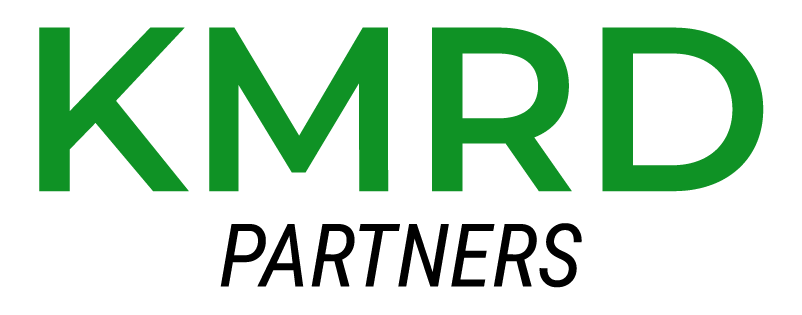Medical Plan Spend Benchmarks; Is Your Medical Plan Competitively Priced?
Why employers should focus more on their PEPY spend for their medical insurance plan rather than year to year change percentages.
Too often, organizations focus on the percentage increase or, in rare cases, decrease in the pricing of their medical plan when deciding what actions to take instead of focusing on their gross dollars spent. While it’s understandable to focus on the increase or decrease for the sake of budgeting, it might not be the best way to analyze the cost of a medical plan. Perfect benchmarks are difficult to come by for small and middle market businesses – because those types of organizations rarely fit neatly into one defined category.
What can small and middle market businesses do instead? We ask our clients to place greater emphasis on benchmarking the Per Employee Per Year (PEPY) cost of their medical plans. While not perfect, the PEPY benchmark combined with some anecdotal evidence can serve as a good “weather vane” to provide direction on future strategies.
How to Calculate Your PEPY Medical Spend
PEPY refers to the average individual healthcare benefit cost for your business per employee per year.
(Total Employer + Employee Medical Benefit Spend) ÷ # of enrolled employees
A few considerations:
- PEPY is the overall cost of your medical plan divided by the number of employees participating in the plan.
- PEPY removes the variability of the number of people on the plan from year to year.
The overall spend includes employer and employee contributions to the plan. “Employees participating in the plan” only counts employees enrolled in the plan and does not tally dependents on the plan. For fully insured plans, the overall spend includes the premiums plus any employer contributions to HRAs or HSAs. For self-funded plans, it’s the total of the fixed and variable costs.
The number of enrolled employees includes those employees who actually participate in the plan; not your total employees. It also does not include dependents enrolled in the plan.
For example, let’s assume that your business pays $500,000 per year to a health insurance carrier for medical insurance. If you employee 60 full time people, and 50 enroll in the plan, then your PEPY spend on medical insurance would be $10,000.
A note about PEPY: Never rely solely on any one benchmark. It is merely a tool to assist you educating you on what is driving your cost. PEPY is highly simplistic. It ignores the level of benefits, how many dependents are covered and the population’s health and demographics. However, many more sophisticated benchmarking figures also ignore some of those factors and they take more time and resources and often don’t leave an employer with any better actionable data.
The goal for using PEPY spend as a metric is to figure out what steps to take in the next one to three years with the medical plan.
Today’s benchmarks and a few things to consider:
If your PEPY is lower than $10,000
Overall, your plan is better than average and you can work to incrementally improve the plan. The national average cost of health care per person in the US in 2018 was $10,739. We recommend that you fine tune the plan and look for very specific areas to improve in the coming year or two. You might consider niche solutions to improve Primary Care, specialty drug management or engage centers of excellence to set your plan apart from your competition while driving costs even lower. Analyze your employer contribution strategy to make sure it fits the type of people you need to recruit and retain, making sure your PEPY isn’t artificially low due to your low contributions to the plan.
If your PEPY is between $10,000 to $15,000
You are in the fat part of the bell curve but higher than average. Analyze your organization’s ability and willingness to employ more innovative ways to drive down cost. This would include looking at changing very fundamental elements of the plan, including the plan’s funding structure, provider networks and employee incentives to drive where they get care. Your culture is critical when considering making significant changes to your health plan. The following characteristics are critical to your ability to move from traditional health plans to innovative, high-performing health plans:
- Trust – the employees need to trust management because they will be asked to change behavior in regard to their health care, which is a very personal issue.
- Passion – A key manager, preferably the CEO, must be passionate about getting high quality health care at lower costs.
Is your existing medical plan right for your business?
If your PEPY is higher than $15,000
You are on the high side of the curve. Dedicate time and resources to understand why the cost is high and what options are available to you to drive it down. Gather as much data as available to understand the underlying health and risk of the population on the plan. If your plan doesn’t provide claims data, then you will want to do health questionnaires or concierge nursing services to collect data and/or move to a plan which will provide some level of claims data.
Once you have this extra data, you might see the nee to improve your ability to manage and buy health care, or you might need to work on your employees’ population health, or both.
Additional Notes:
U.S. health care spending grew 3.9 percent in 2017 and reached $3.5 trillion or $10,739 per person. As a share of the nation’s Gross Domestic Product, health spending accounted for 17.9 percent. 2018 National Health Expenditure Data (https://www.cms.gov)
The Business Group on Health (https://www.businessgrouphealth.org/) recently launched its “2020 Health Care Strategy and Plan Design Survey”. The survey found the total cost of health care, including premiums and out-of-pocket costs for employees and dependents, is estimated to average $14,800 per employee in 2019. If out-of-pocket costs are taken out, it’s reasonable that average premiums PEPY is in the $10k-$12k range for these large employers and means a five percent increase for six straight years. The increase would have been six percent if benefits didn’t change.

Chris Van Buren is the Partner of the Benefits and HR Consulting Division at KMRD Partners Risk & Insurance Solutions, a leading risk management and human capital solutions firm based in Warrington, Pa.





